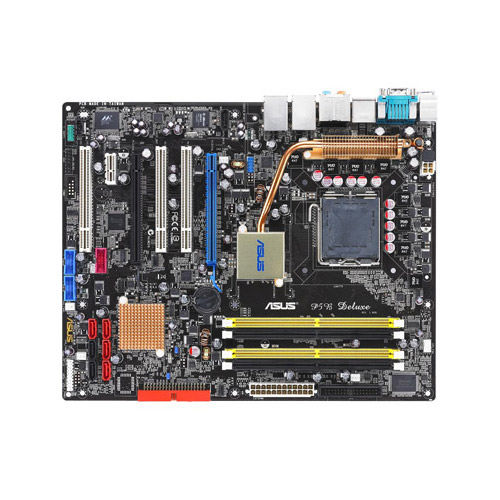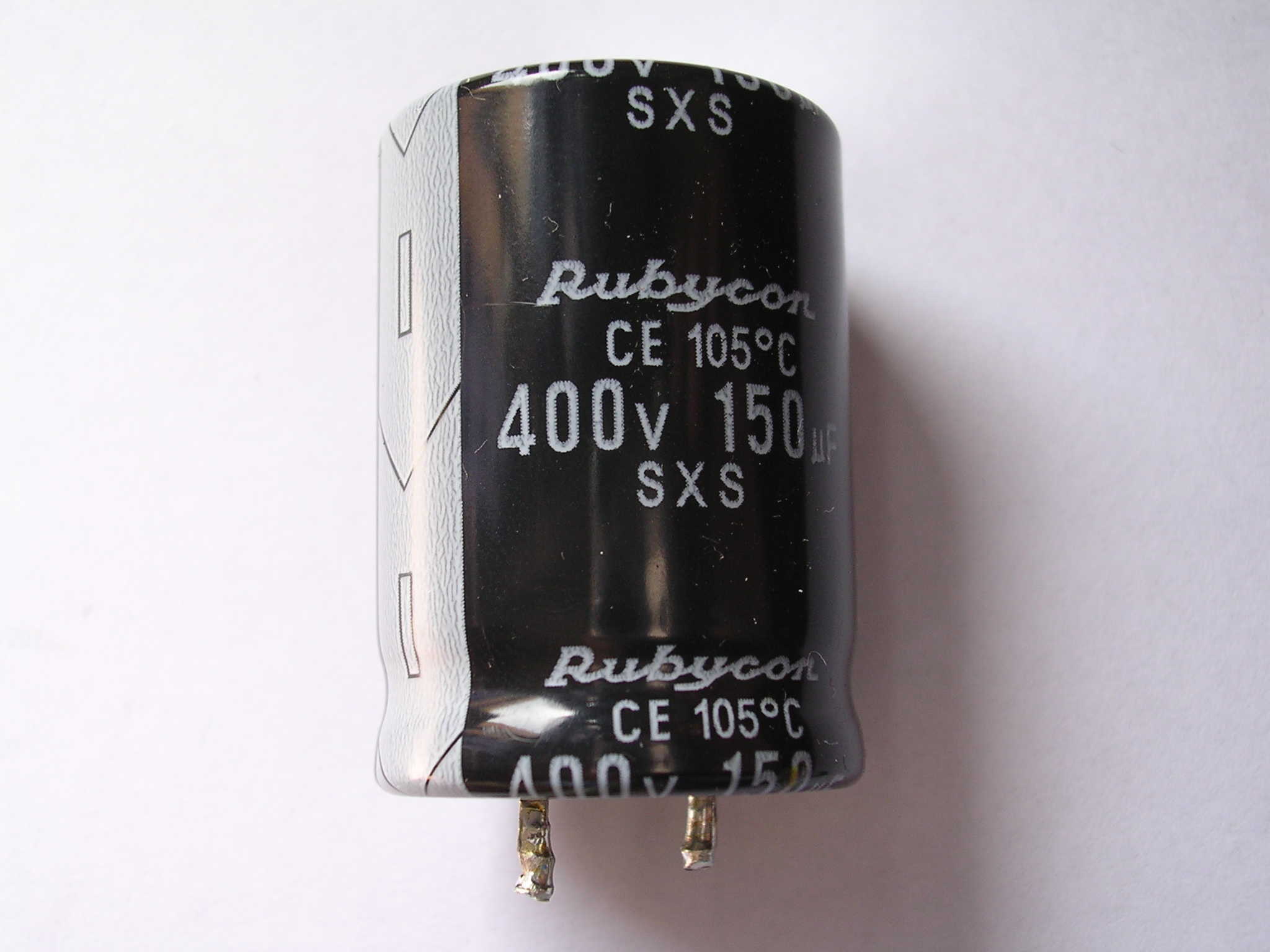When you install a new motherboard you need to take the CPU off the old motherboard and put the CPU onto the new motherboard. This is a bit involved but not as difficult as dealing with the heatsink. The standard heatsink for the socket 775 series CPU is absolutely silly. Essentially, it's held on with some pushpins. It's a bit difficult to describe exactly how this works but basically you have two plastic flaps being held open with a sort of wedge. The wedge is on the head of this pin. The wedge is flattened so that as you twist the pin can wedge open the two plastic flaps or not as you wish.
I didn't know any of this when I started and the manual wasn't exactly helpful. After a while I managed to get the heatsink off but I would definitely suggest reading a handful of tutorials on the Internet on how to do it before you start. The way I did it was wrong. I actually twisted some of the pins in the wrong direction. They eventually turned but they weren't too happy about it. If you do it the right way it's much easier.
So anyway, I successfully got the heatsink off and transfered the CPU over to the new motherboard. There were no bent pins on the motherboard when I bought it. The guy at the computer shop was really eager to show me this. "You see" he said. "No bent pins". Mmm kay. I'm guessing that some motherboards have bent pins or some people bring motherboards back in with bent pins because they put too much pressure on the CPU when they installed it or something. I can definitely see how that could happen but if you're carefully following the instructions (which is actually well explained in the motherboard user manual at least in my case) you shouldn't screw anything up.
Once the CPU was on the new motherboard all that remained was to replace the heatsink. At this point I felt like a bit of a fool as I had completely forgotten about the thermal paste. You see, when you move a CPU like this you typically have to reapply the thermal paste (sometimes called thermal grease). In my case I didn't have any thermal paste. Nor did I have the isoproterenol you need in order to clean off the old thermal paste. Cunningly, I took advantage of both these situations and simply reused the existing paste. This was okay because it would still work, just not very well. Even if it didn't work Intel CPUs have little thermometers in them which stop you from damaging the CPU if they get too hot. It also stops them from bursting into flames if the heat sink falls off which is handy.

Intel CPUs (and modern AMD CPUs) do this by under clocking themselves until they cool down. So a 3Ghz chip might run at 1 Ghz or even lower if it gets too hot. The general rule is the higher the Mhz/Ghz the more heat is produced so lower Ghz means less heat. When this feature was introduced people accused Intel of crippling their CPUs because they would under clocked themselves when after you've installed them.. umm... wrongly... I still don't fully understand that attitude. I am quite thankful for this feature because I much prefer a slow CPU to a burning CPU.
When I got my system running I checked to see what the temperature on the CPU was. The temperature was about 75°C which is not that hot. Under load it went up to 80°C. These numbers didn't seem that high to me but I knew that different CPUs have different operating temperatures. Some Pentium 4 chips used to get very hot indeed. This being a Core 2 Duo (E6400) and not a Pentium 4 it might have a lower operating temperature. After some research it turned out that it was only supposed to run at 61°C maximum. Dang.
So I went down to the computer store and picked up some thermal grease and went to the drugstore and picked up some extremely pure isopropanol. I then took off my heat sink (with minimal swearing this time), used some cotton swabs and isopropanol to take off the old thermal paste and replaced it with the new thermal grease in the usual way. I then booted up my machine to check the temperature.
At idle the temperature was 65°C and under full load the temperature was 80°C. This annoyed me. I hadn't even finished overclocking the CPU. It was a 2.1 GHz CPU that I wanted to run at 3.2 GHz. I already knew that the chip could run at that speed just fine. My guess was that the thermal grease I installed was crap. The other possibility was that I had installed the heat sink slightly wrong... I made the decision that I wasn't going to reinstall the heat sink again as I was no longer on speaking terms with it. I wanted to run my system overclocked so I figured that I should get something better then the stock cooler anyway. With any luck it would be quieter and come with its own (better) thermal paste too.
I went down to the local computer shop and got an Arctic Freezer 7 ver 2. I did this because it had some good reviews on the web. It was also in stock at the local computer store. At only 35$ dollars it was a good deal too. Yeah, it included the thermal paste.
Installation was shockingly easy although I must confess that I had to read the instructions (Well, look at the instruction pictures really. There were no words.). I was also worried about over tightening the screws that held the heat sink onto the black, plastic mounting bracket. The 775 socket is made to take a lot of pressure but I didn't want to overdo it. I had visions of going back to the computer store. I'd have to get another replacement motherboard because I'd bent the pins! I couldn't even claim they were bent to begin with. :-)
In the end I installed the cooler, booted up and checked the temperature. Idle temperature was now 40°C. Temperature under full load was 60°C. Woohoo! What made it even nicer was that the fan wasn't even going at full speed like the old heat sink fan was. This meant I had some headroom to work with. It also meant I wasn't going to go deaf from the fan noise. Going deaf sucks. Especially if you don't want to.
I was very happy with all this and so tried overclocking it to the full 3.2 GHz. Idle temperature was still 40°C temperature and under full load it was still 60°C. I was very, very happy. I did notice something weird though. The the CPU seemed to be operating only at 2.4 GHz when the CPU was idle but when the CPU is under full load it was operating at 3.2 GHz. I'm guessing this has something to do with saving energy. If the CPU is not doing anything then there's no point in running it at the full 3.2 GHz. It just wastes energy. I'm still investigating exactly which feature that I inadvertently installed that is causing this to happen. When I find out I'll be sure to tell mention it.
Now all I had to do was get my second hard drive (with Windows XP) booting again.







